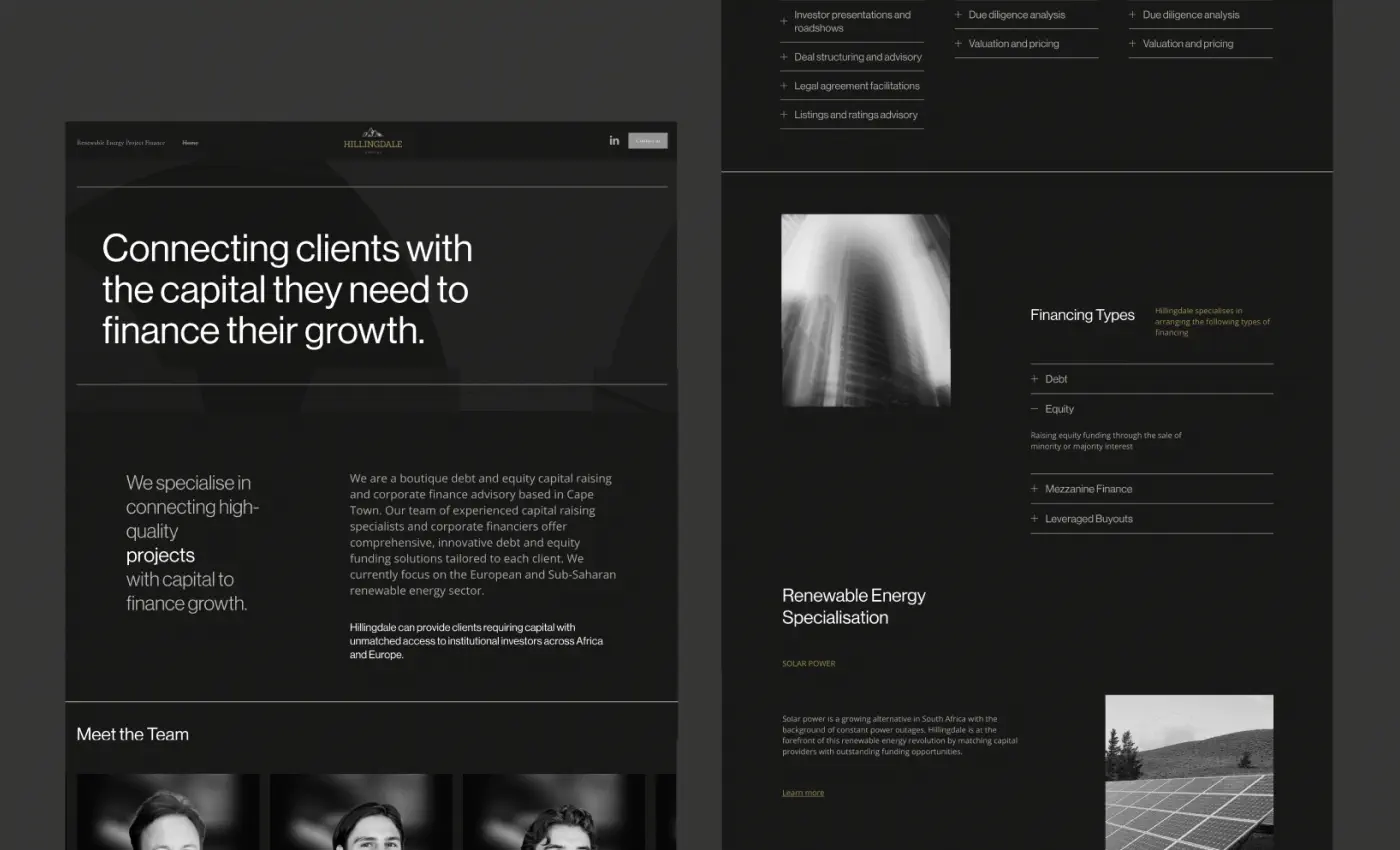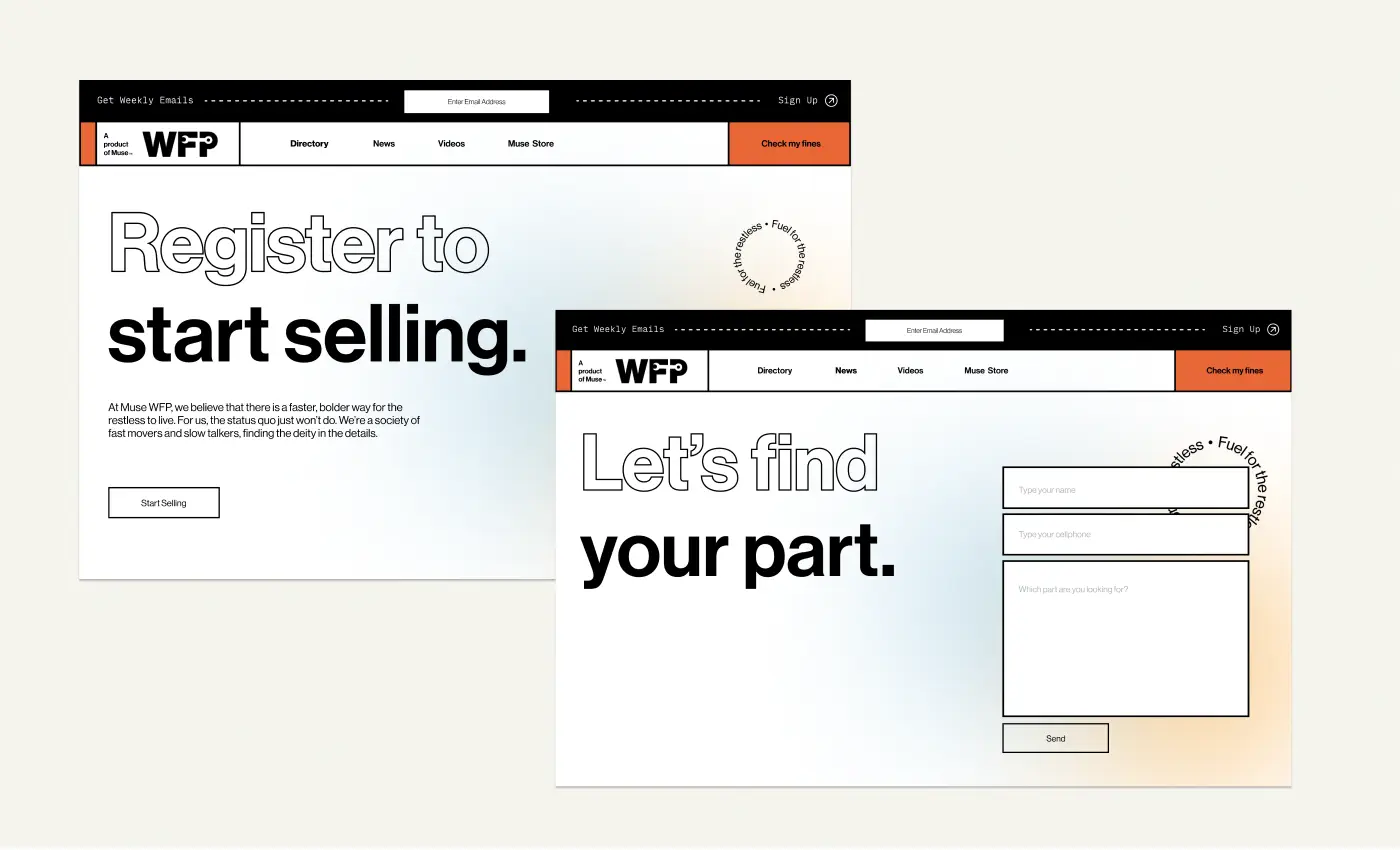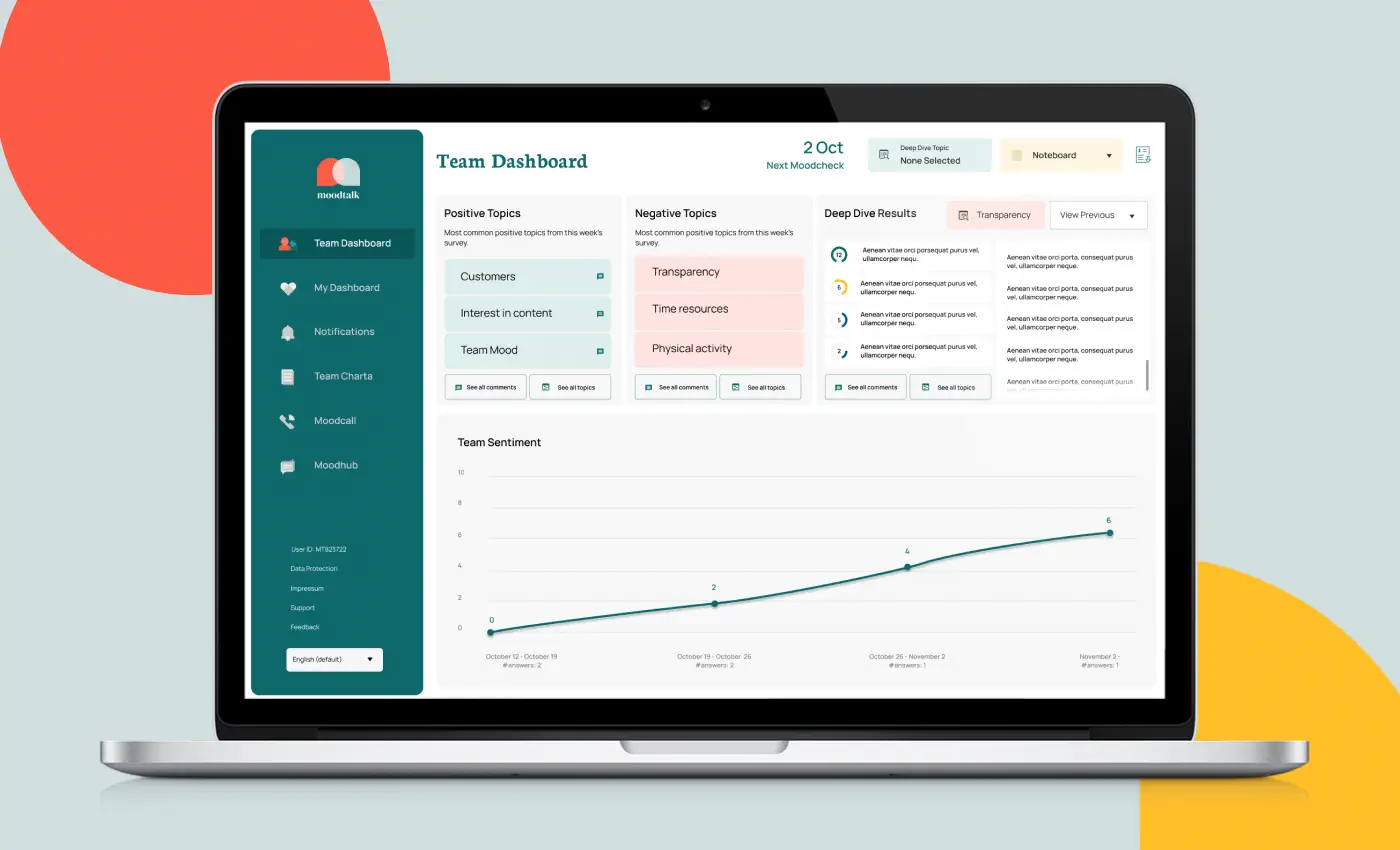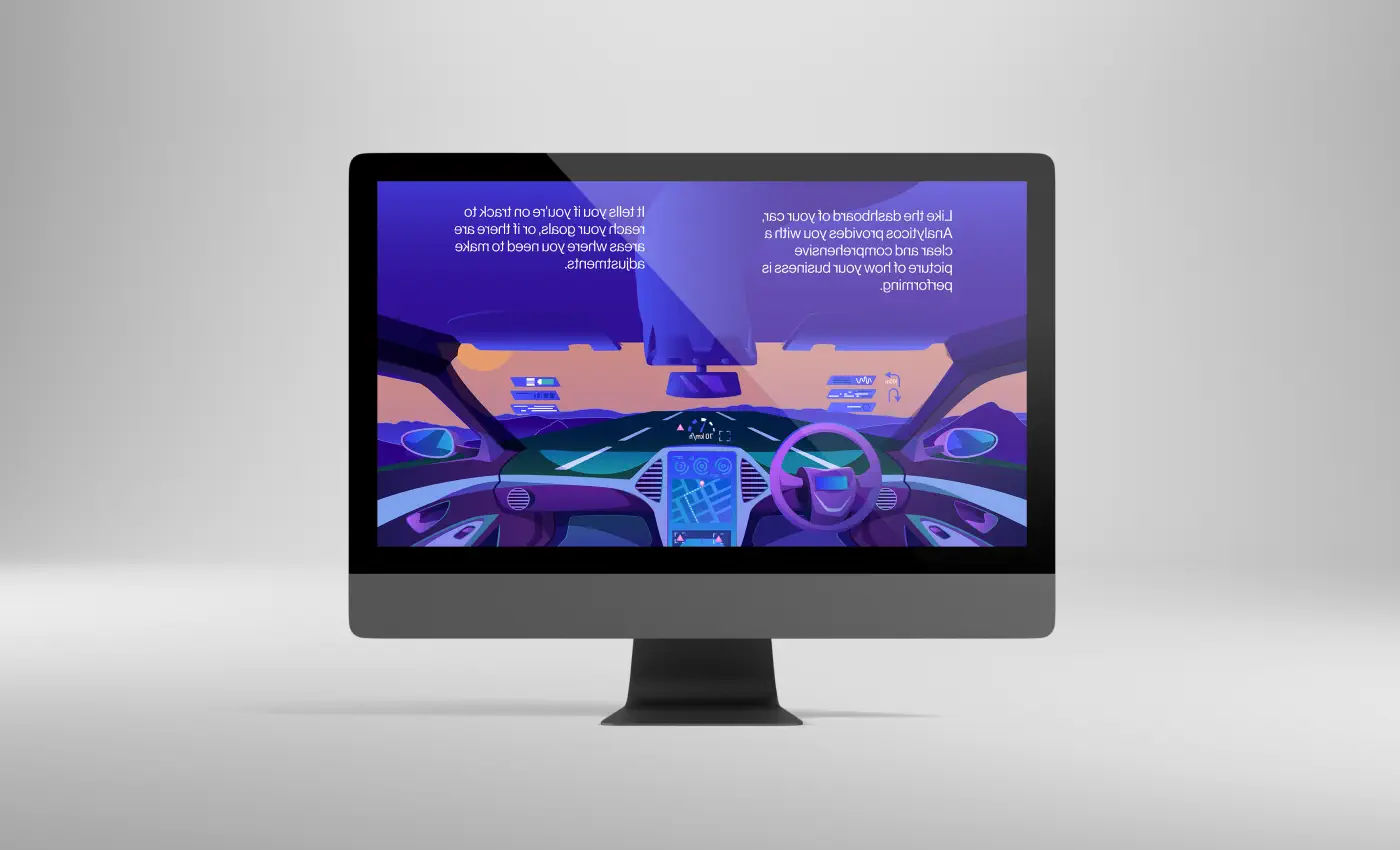How to streamline your design process
Overview
How to streamline your design process
What does ‘streamlining your design process’ mean?
Cool! So how can I streamline my design process?
Introduction to streamline your design process
Streamlining your design process simply means setting up systems and rules which make work easier for yourself and allow you to get on with the unique art of designing.
OK, you’re a talented designer, you’re a fast worker, and you’ve caught the eyes and ears of dozens of clients who want to work with you. Great news! But somehow you find yourself drowning in your workload and not understanding why. It may be that you need to streamline your design process to ensure maximum efficiency. Let’s take a look at exactly how you can do that.
What does ‘streamlining your design process’ mean?
Streamlining your design process simply means setting up systems and rules which make work easier for yourself and allow you to get on with the unique art of designing.
When it comes to web design, freelance designers and design agencies have to tow the delicate line between being hard-working and being creative. These two things can often be in conflict with one another in ways that are energy-sapping and time-consuming. To avoid this, you can streamline your process with simple working methods that will make you as efficient as possible.
Cool! So how can I streamline my design process?
Here are a few handy tips to follow for streamlining your design process:
- Settle on your idea(s) before you do anything else.
I’ll start with a self-explanatory one - but one that many of the best and brightest designers overlook, much to their detriment.
In order to be efficient about what you’re working on, you need to have a firm idea of what exactly it is you’re working on.
That means laying out all the possible ideas you have rattling around in your head and deciding on which ones are workable. Or, if you’re doing work for a client or as part of a team, make sure you settle on the specific idea(s) with everyone involved so that you’re all on the right page.
Remember, nothing will derail your process faster than having too much to think about, too many potential avenues to take, and too big a project. A good, fast designer doesn’t try to do everything at once in the design process - they try to focus on the clear, manageable tasks they’ve set for themselves. - Always have a clear plan or blueprint.
After you’ve settled on your idea, it’s time to lay out a plan or a blueprint. An efficient designer or design agency will make sure they’re asking questions like: What tools do I need to carry out this idea? What’s a realistic timeframe for me to complete this design process? How should the finished product look?
A clear plan or blueprint is not only great for structuring your work but also a good reference point that you, your clients, and any other collaborators can refer back to if you feel you’re getting off track. - Get as familiar as possible with design tools
Whether it’s Adobe InDesign, Photoshop, Canva or Figma, a good designer or design agency will make sure they have a firm grip on the design tools available to them. You’d be surprised at how many good designers only have a superficial knowledge of how these tools work, often relying on the little they know, then slipping up and having to go back to basics when trying to get to grips with an unfamiliar piece of software.
Research the design tools you want to use, learn as much about them as you can, and play around with them as much as possible. It might feel like a waste of your time, but it’ll make you incredibly efficient in the long run. - Build good communication networks with clients and all involved stakeholders.
Settling on your ideas is important. Having a clear plan is important. But just as important is making sure that everyone involved in the design process (including clients, collaborators, and co-workers), is on the same page.
The best way to streamline this part of the design process is to build a good communications network. Make sure everyone involved is kept in the loop. Make sure you know how you can reach clients and co-workers and make sure they know where they can reach you. Make sure everyone is satisfied with each part of the process before you take the next step.
A breakdown in the communications process can be time-consuming, frustrating, and wasteful. It can also be very easily avoided by taking the pre-requisite steps.






